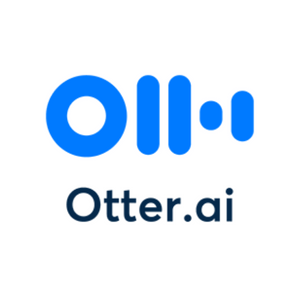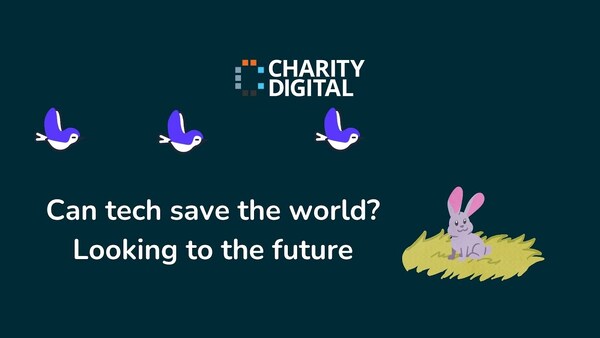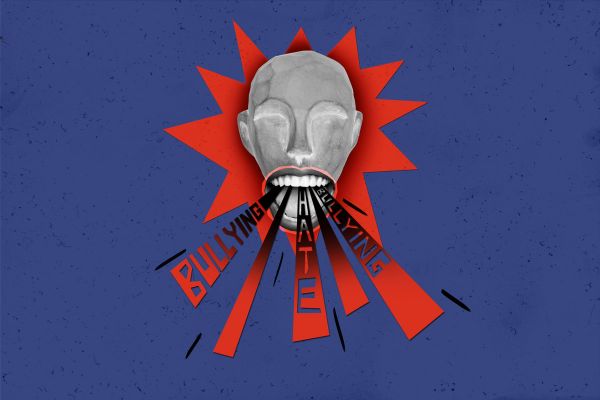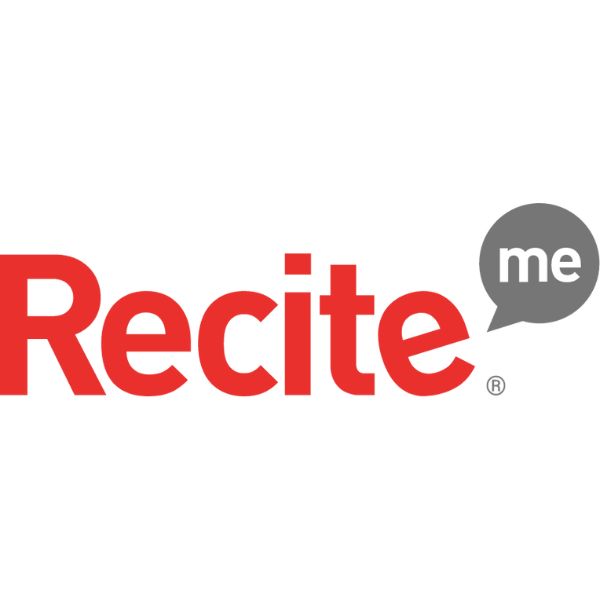Insights
INSIGHTS
All Topics
My Account
The latest trends in user accessibility
13 Jun 2024by Christine Chiu
We explore how you can broaden your audience base with these tips
The secret to knowing how to speak to all audiences resides in accessibility. Customising media, messages, and language are key to capturing and retaining a large supporter base.
Exploring trends in user accessibility, we unpack the concepts and tech behind growing your audience base.
Shifting attitudes around inclusion and accessibility
Equality, diversity, and inclusion (EDI) is shifting the way leaders think about the workforce and more broadly how audiences perceive charities. The shift has meant that charities are increasing accessibility during the hiring process.
Digital has gone a long way to make that progress happen. Pinpoint and BeApplied both use blind recruitment techniques to increase the talent pool.
Pinpoint has an anonymising function that can eliminate personal details from candidates. BeApplied works in a similar way. Both are used by leading non-profit and charitable organisations.
The AI elephant in the room
There’s no ignoring that artificial intelligence (AI), natural language process (NLP), and machine learning will impact accessibility. The influential tech has the potential to be extreme and broad. ChatGPT offers a conversational assistant, for example, which can advise on virtually anything.
The underlying logic, NLP, replies to queries like a human. Using this tech, charities are already seeing the benefits. Chatbots and assistive avatars are deployed at large and are already interacting with audiences. AI is a world of possibilities.
What AI can do
Covering the basics, screen readers and narration powered by AI result in better access for those visually and/or aurally challenged. AI makes the world more descriptive for the visually impaired. SeeingAI is a talking camera for the blind.
The camera scans surroundings and gives an accurate synopsis of what’s happening. The app is installed into a mobile phone, so audiences and workers can take the tech anywhere.
To make graphics accessible, charities need to draft text descriptions for images.
Content creators no longer need to go through that tedious task at length. AltText AI, is a powerful tool that produces descriptions in over 130 languages. The steps are simple. Upload the image, the platform analyses it, and then spits out ready-to-use text.
The advantage is that AltText AI can do this at scale – integrations with WordPress, Shopify, Chrome, and others means that you can produce the website and alt text as you create.
AI beyond simple tasks
Cutting down time-consuming jobs is one thing. Doing something complex, is quite another. Surprisingly, AI can make coding jobs more accessible.
AbilityNet explains that both ChatGPT and GitHub Copilot work with users to develop lines of programming. With the assistive technology, those who aren’t trained in coding can still make it work.
FDM, the consultancy, outlines the benefits concretely. They note that AI supports project management, debugging, improves quality testing, and can strengthen security.
But there are limitations to expanding access in coding and software programming. People are still needed to come up with ideas and perform the task.
Selecting for neurodiversity
Neurodiversity is a term that covers those that think differently. This group may have some neurological conditions like autism, ADHD, dyslexia and others.
Charities may want to recruit neurodiverse candidates because of their specific abilities. Forbes Magazine says that having a more diverse workforce is an exercise not only in empathy, but goes a long way in changing perceptions.
The Donaldson Trust notes: “It is estimated that around 1 in 7 people are neurodivergent. This means that many organisations and businesses already have a neurodiverse workforce.”
AI has the potential to bridge gaps in understanding. Medium offers a glimpse of what it can do. They highlight how iTherapy’s InnerVoice narration brings life into learning.
The platform also uses an avatar to ‘show’ non-verbal students content. The main advantage is it helps neurodiverse individuals focus on what they excel at.
The power of voice
Voice interfaces are on trend. Voice-use-interfaces (VUIs) allow audiences to ‘speak’ rather than key in instructions. Classic examples of this technology are iPhone’s Siri and Amazon’s Alexa. These iconic voices are known to recognise specific users.
For charities, VUIs may enhance fundraising and engagement opportunities. Launched in 2018, the British Heart Foundation partnered with Amazon’s Alexa to accept donations.
Since the technology has improved. SayItNow builds on Alexa’s donation enabled tech. SayItNow links radio advertisements and with voice instruction. Rather than audiences having to ‘want’ to donate and investigate themselves, the platform accepts payment in partnership with advert prompts.
Don’t forget the audit
Last, before implementing new tech do perform an accessibility audit. Take the time to go through each element of your content:
- Do your graphics have alt text?
- Is the text large enough for visually challenged audiences?
- Does the video include correct closed captioning?
- Identify any gaps and ensure that new tech meets your audience’s requirements.
Find out more
Our 2024 Digital Inclusion Summit revealed how charities can help can make the digital world a safer, happier, more inclusive place, from improving access to digital devices to demystifying cyber security. Click here to watch the session recordings for free.
Our report, ‘Digital inclusion in the UK charity sector’, uncovers charity practitioners’ attitudes towards digital inclusion, including the challenges charities face in reaching out to service users and how they are making the most of the digital technology they use. Click the link in the orange box below to download the report.
Our Digital Inclusion Hub features regular articles, podcasts, and webinars to help charities reach across the digital divide. Click here to learn more.
Report: Digital inclusion in the UK charity sector
More on this topic
Recommended Products
Featured Products
Related Videos
Our Events
Charity Digital Academy
Our courses aim, in just three hours, to enhance soft skills and hard skills, boost your knowledge of finance and artificial intelligence, and supercharge your digital capabilities. Check out some of the incredible options by clicking here.





















